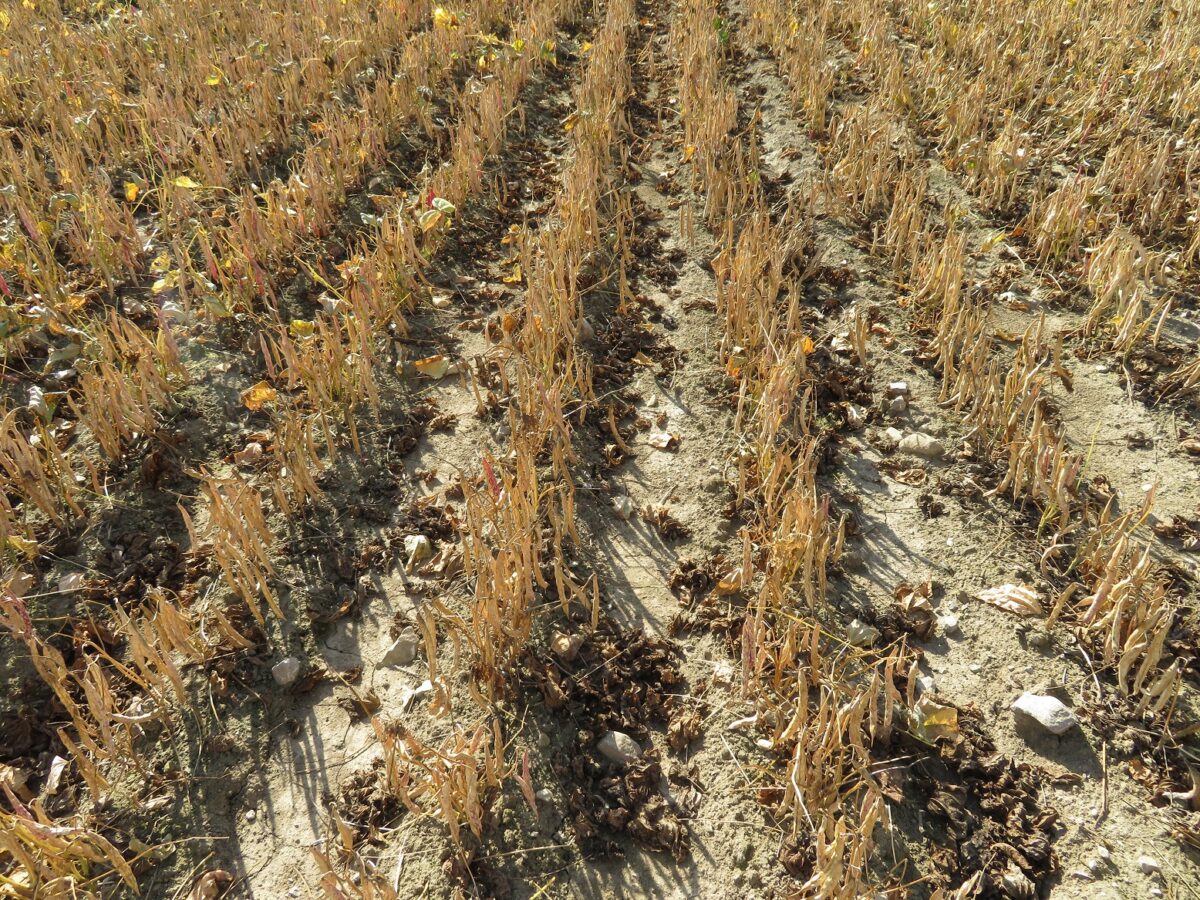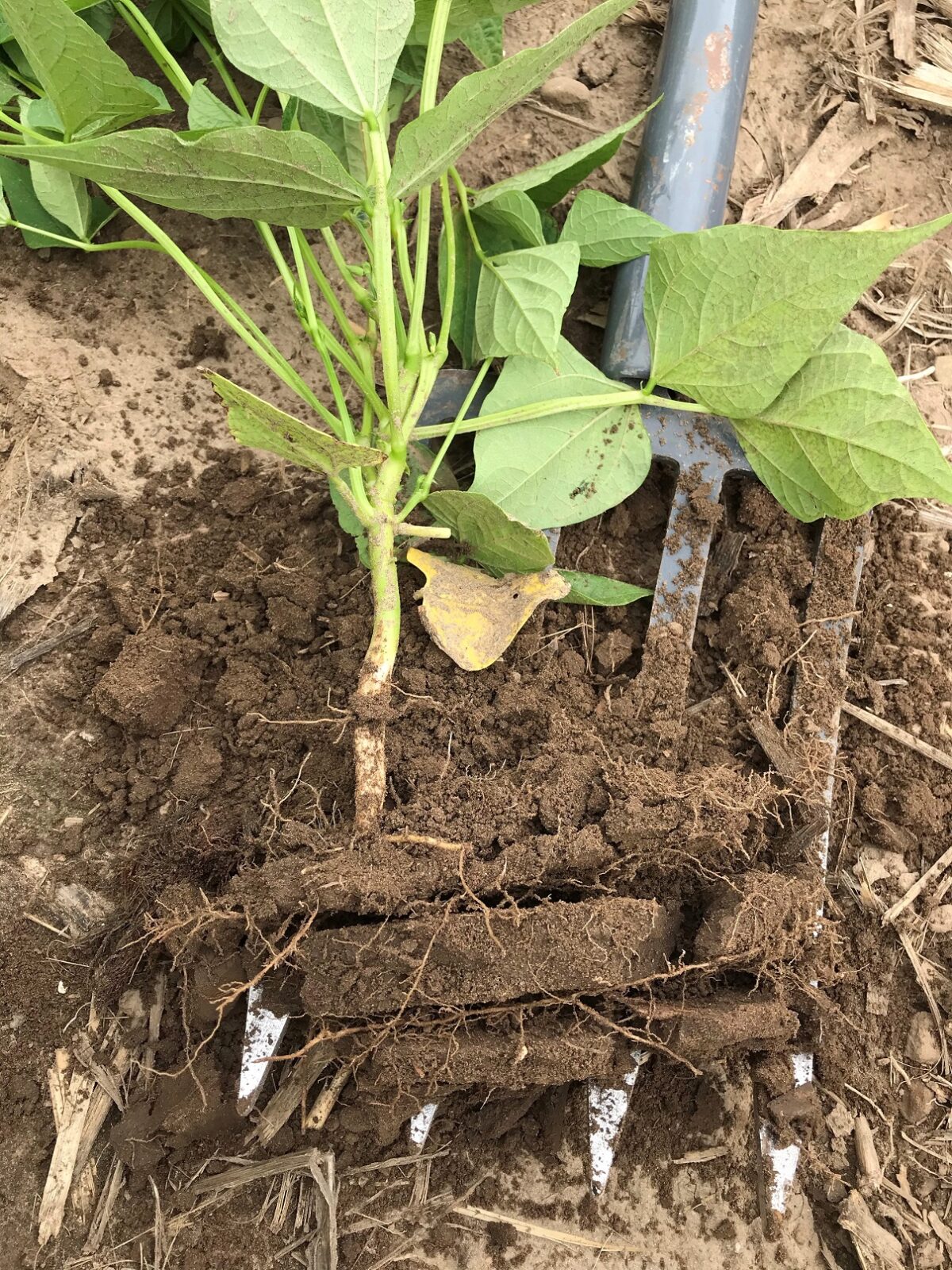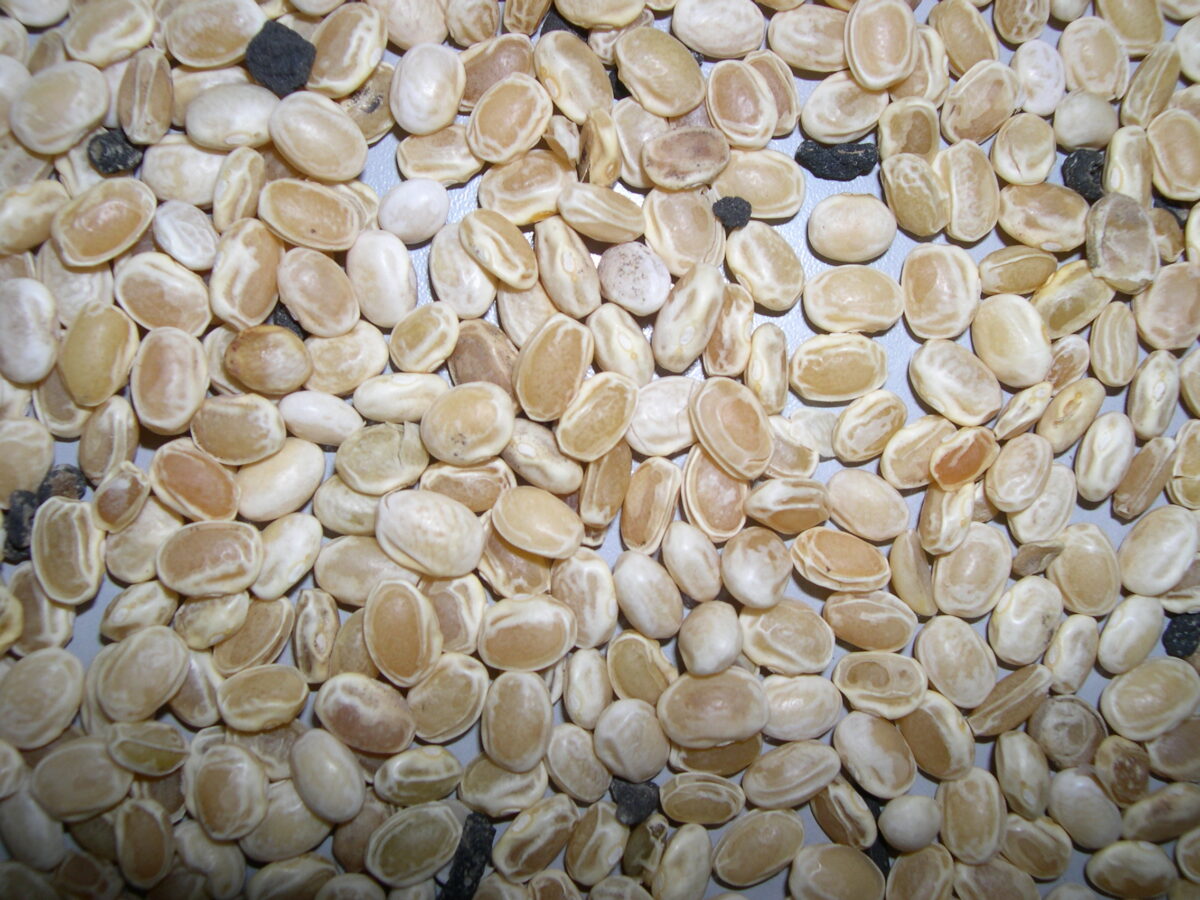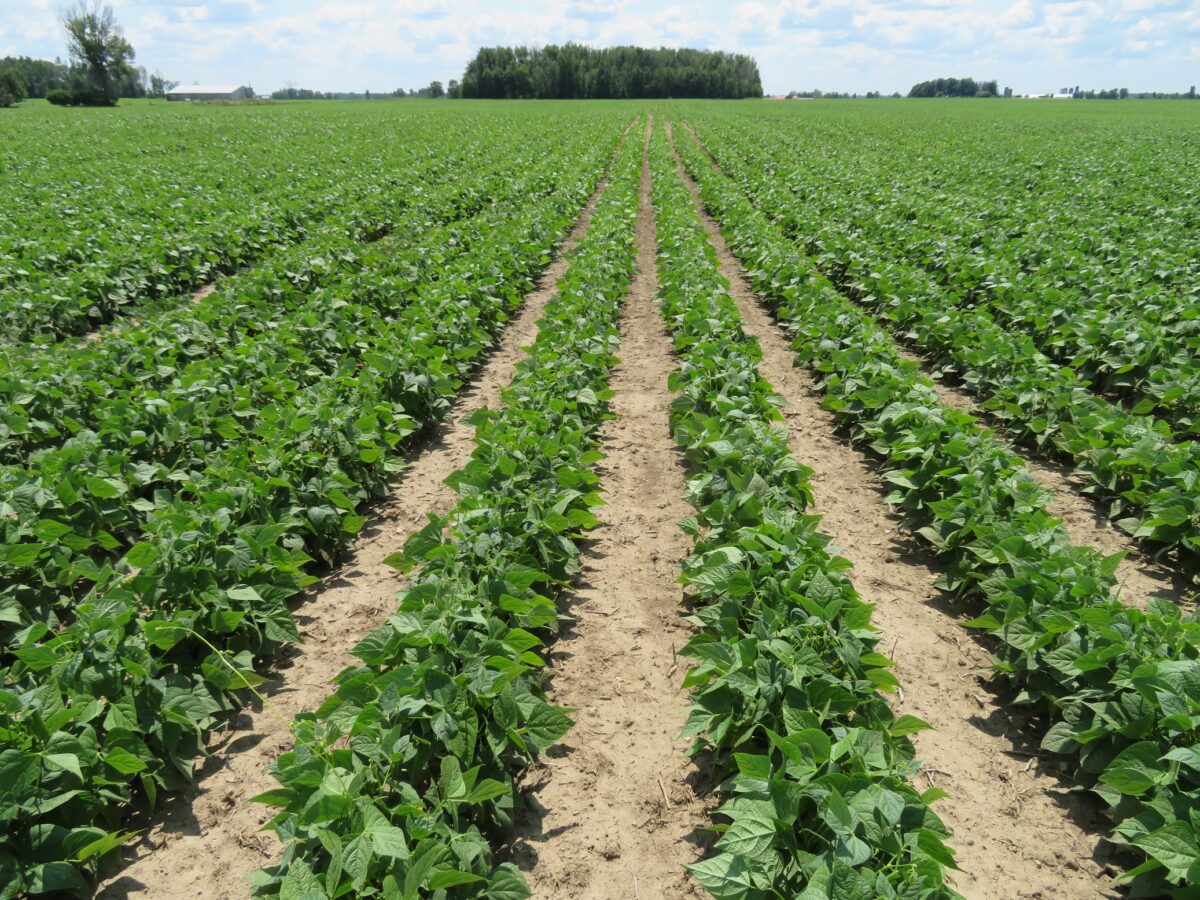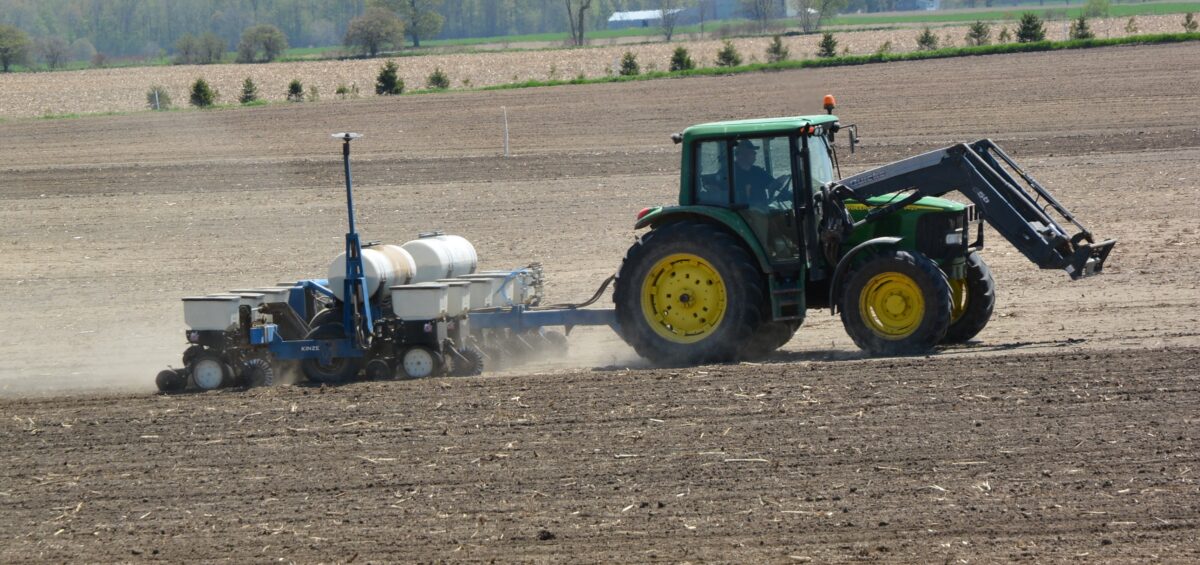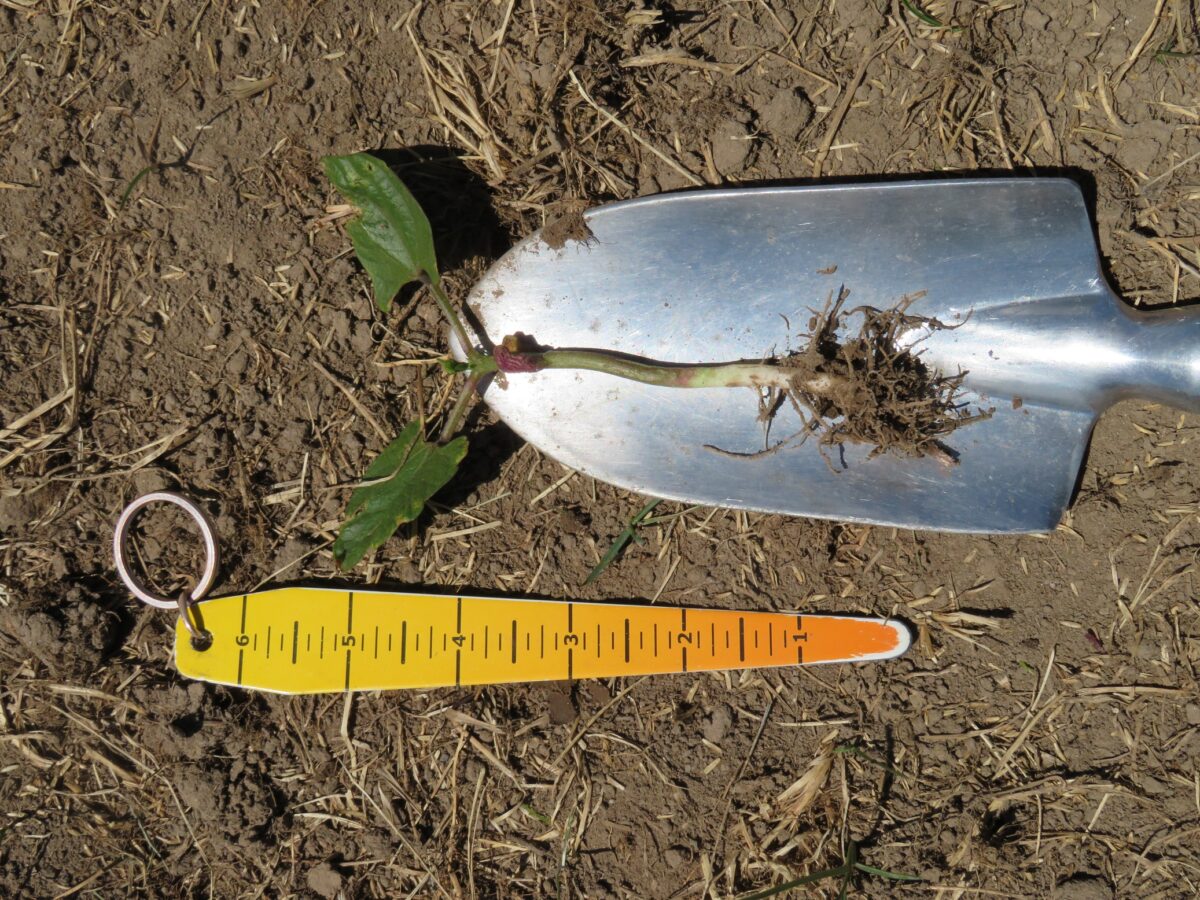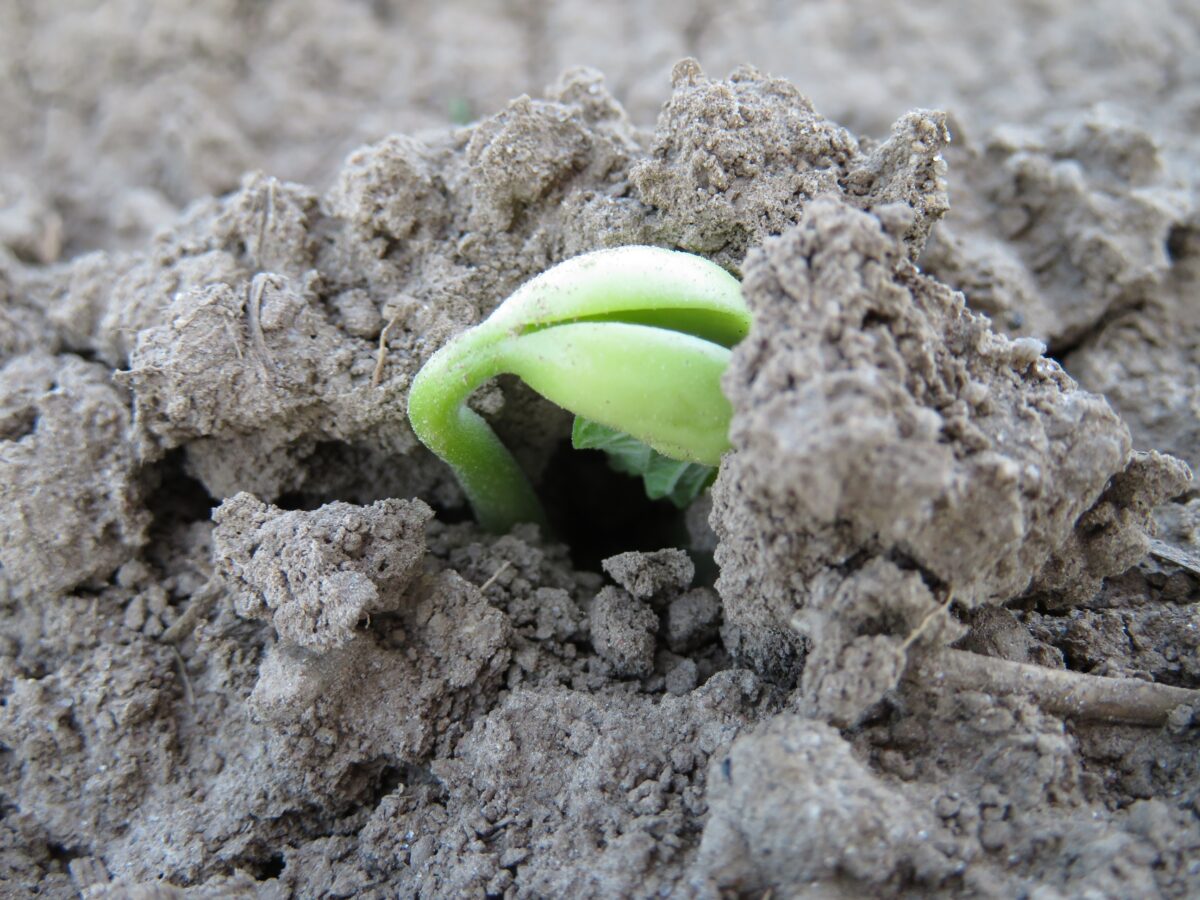Dockage is anything foreign that is removed from the beans through a screening process. Some items can only be partly removed through screening, such as weed seed, corn, soybeans or other crop types. Severe bean staining from weeds or green material can cause a load to be refused, and quality will be reduced if there…Continue readingDockage and Pick: General Description
Overview Eragon LQ is the most common pre-harvest herbicide used in Ontario dry beans. It is rapidly absorbed by foliage and has mobility within the xylem of plants. It is a broadleaf weed control product and does not have appreciable activity on grass species. Recommended use rate in dry beans: 146 mL/ha (59 mL/ac) with Merge…Continue readingEragon LQ (saflufenacil) and Pre-Harvest Applications
Dry edible beans are one of the crops most sensitive to compaction, tillage hard pans or poor soil structure. Often plants become stunted because diminished root growth cannot sustain top growth. Swollen hypocotyls (lower stem) may be observed. Restricted or stressed root systems often develop root rot disease. Options to alleviate compaction or improve soil…Continue readingSoil Compaction and Soil Structure
Hail
Hail can be devastating to a dry bean crop. Dry edible beans have a much more limited ability to recover from hail than soybeans. Determinate plant varieties are less likely to recover than Type II indeterminate types. When evaluating hail damage, check for bruising on the plant stem. Stems damaged during the vegetative stage may…Continue readingHail
Fall Frost Prior to Harvest
The extent of fall frost damage depends on how low the temperature gets and for how long. Light frost (0 to -1°C) may kill the top leaves but not penetrate the canopy. In this case, plants will continue to mature but will take longer. There may be some green seed where leaves were killed. If…Continue readingFall Frost Prior to Harvest
Dry beans are very sensitive to frost and should be planted after risk of frost has passed. The ideal germination temperature for dry beans is 15°C or higher. Cool soil temperatures at planting may delay germination and reduce rates of emergence, particularly if seed is of poor quality. Frost damage may be apparent as dark,…Continue readingSpring Frost and Temperature Stress
Row widths of 70–75 cm (28–30 in.) are standard for both white and large-seeded coloured beans when the crop will be pulled and windrowed. In fields with a high risk of white mould, wide row widths are preferred to allow more air circulation in the canopy. Narrow row widths of 36–56 cm (14–22 in.) are…Continue readingRow Width
Seeding Rate
Dry edible bean seed size varies greatly. Check to ensure the planter is calibrated properly to plant the correct number of seeds per meter of row. Adjust seeding rates for seed quality and expected germination rate, field conditions and field history. In conditions where reduced emergence is a risk, increase seeding rates by up to…Continue readingSeeding Rate
Seeding Depth
A seeding depth of 4–6 cm (1.5–2.5 in.) is normal, but deeper plantings of up to 9 cm (3.5 in.) may be necessary to seed into moisture. At minimum, planting depth should be at least 1.2 cm (0.5 in.) into soil moisture. The seeding depth for dry edible beans is critical for uniform emergence. Frequently,…Continue readingSeeding Depth
Planting Date
Generally speaking, early June is the best time to plant dry beans. Planting should occur after the risk of spring frost has past and when there is not a risk of heavy rain after planting. The ideal germination temperature for dry edible beans is 15°C or above. The table below displays the ideal planting dates…Continue readingPlanting Date
